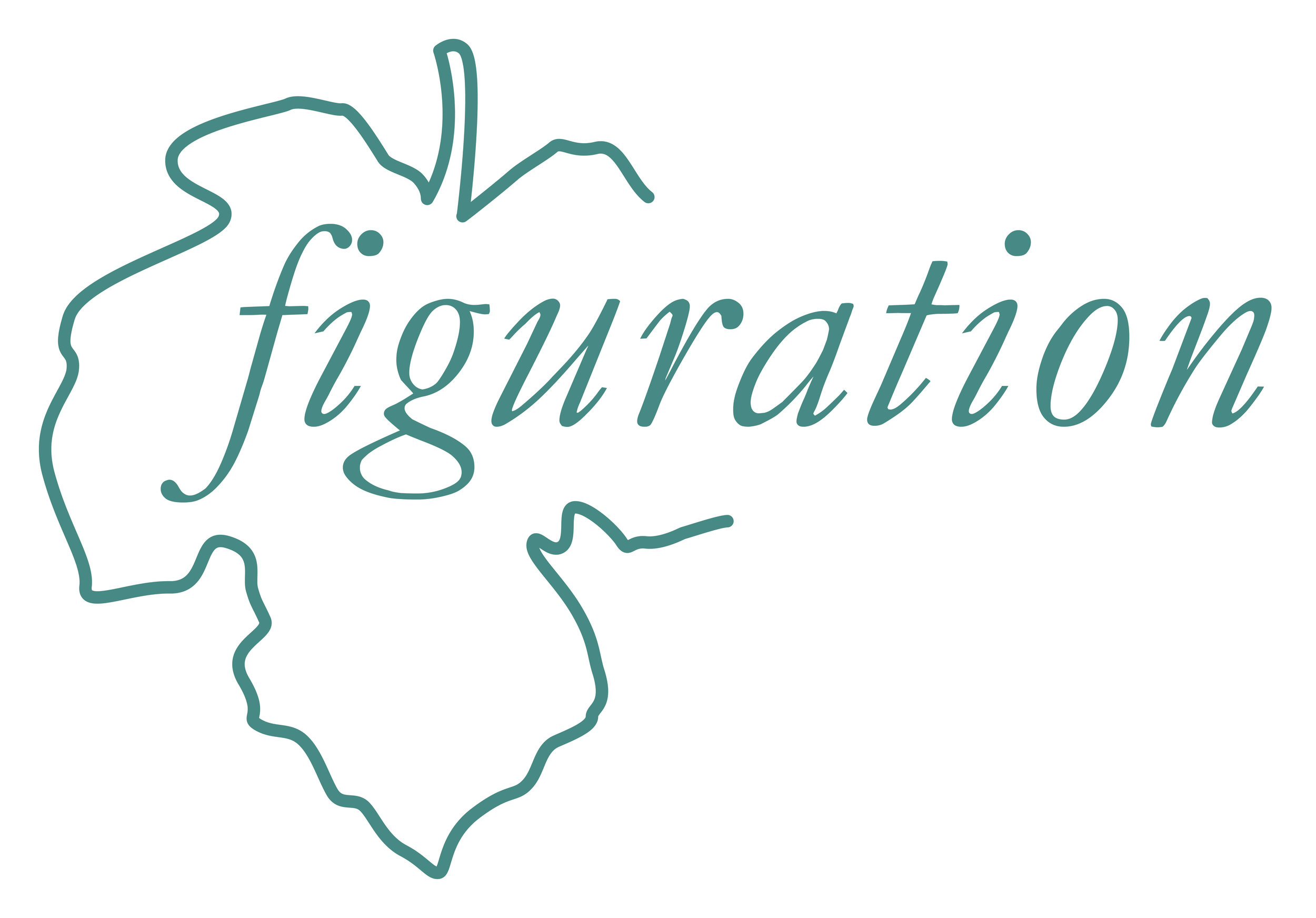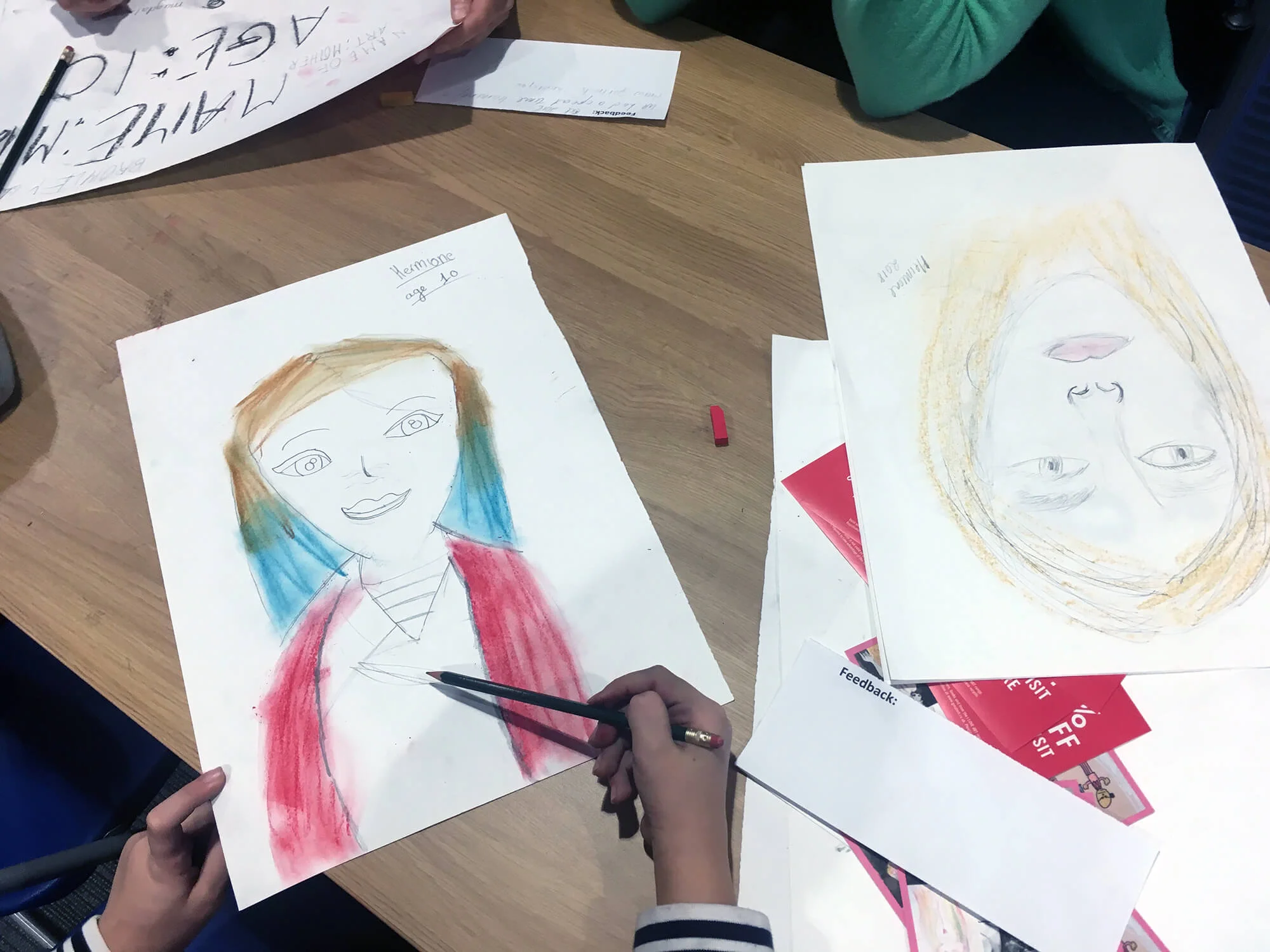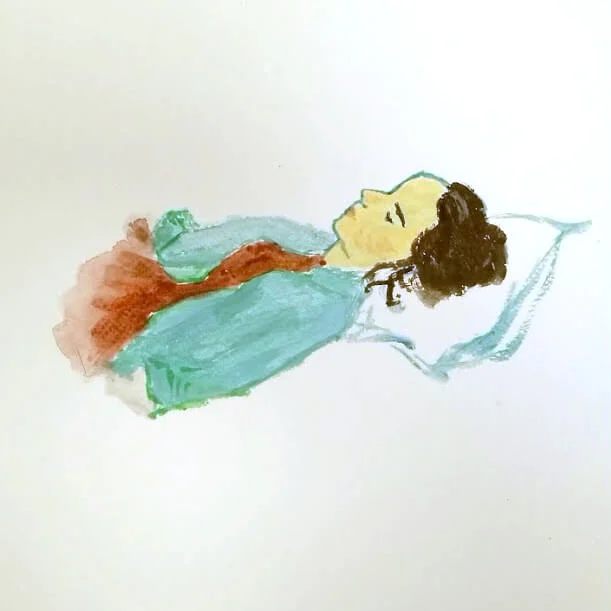Where Visual Stories Meet Children's Mental Health
Works by Hermione and Lisa at 'I can do your portrait' - Penge Library - Oct. 2018
In the UK right now it’s Children’s Mental Health Week, an initiative started four years ago by children’s mental health charity Place2Be to shine a light on the mental and emotional wellbeing of young people and the adults in their lives. It’s a time of year when I think most about the world my young son sees and feels and how that all impacts on him. It’s a time of year when I wonder how much mental health is really on the public health agenda when the policymakers talk about what young people need today to be the healthy adults of tomorrow. I think about the first recommendation by the Mental Health Taskforce in its Five Year Forward View for Mental Health, whereby the Government, in unequivocal agreement, pledges its “commitment to working with key partners to deliver an ambitious five year programme of system wide transformation backed by a significant additional £1.4bn that the Government is making available over the course of this Parliament”, shortly before agreeing not much less than that after the last general election to secure the support of just ten MPs to overcome a lost popular mandate.
I also think about the wealth of schools and accessible support services available to young people the length and breadth of the country, with ever-increasing expertise in holistically identifying and sympathetically treating mental health diagnoses. I think about the children in and out of care who find it difficult to self-regulate their emotions. I think about the free services out there, albeit often hard to pinpoint, that are there for all of them. And I think about the chronic state of under-investment in the NHS.
Images from RIBA Drawing Domesticity Family Day, October 2017
I find myself complaining often enough about financial prioritising, strategising and mismanagement from above, and very often screaming from rafters about why it’s not easier to access all that amazing support out there for young people in real need and in danger of being left behind by a system that doesn’t see them, is too opaque or is simply too complex to be anything but closed and unfeeling. I wonder what the bottom line really is: How well today’s children perform at school, their mental and emotional resilience or perhaps how far efficiencies can stretch for public services to remain nominally functional?
Unashamedly, I channel these frustrations and thoughts into my work. When my husband and I started our business we simply sought to fuse our passions - animation and figurative art - into a profitable enterprise we’d have fun running and growing. Figuration was an animation studio and events provider with a mission to engage businesses, community organisations, private groups and commissioners with our unique blend of content development and workshopping. Very quickly, the wider application of our work with young people and families became apparent, and we began developing and running bespoke workshops in animation and figurative art for very young participants and teenagers, as well as mutual-drawing workshops for young people and adults.
Images from Big Draw Half Term Workshops at Barnet Libraries and West Wickham Library, October 2018
The impact of these experiences, and of workshops we’ve run in schools, has been incredible. Events have sold out, and we get great feedback. But the real treasures are the works themselves, and all they in turn inspire. Whether it’s painting, drawing, storyboarding or animating, there’s nothing quite like allowing someone the space and freedom to give their own unfettered expression to a subject. We boundary the aims of our workshops, provide the materials (and people often bring their own) and subjects, offer tuition in techniques and ways of seeing and making, then ensure there’s plenty of time for experimentation. And the result? It’s hard to explain. Everyone has their own style. But when we offer the option of putting work in an online exhibition the take up is nothing short of amazing. And when the creative process involves, for example, recreating the subject of a mother, sister or clothed artists’ model, the young artist invariably places so much of themselves in their work that the lines of figurative representation get muddied, and it’s at that stage when stories begin to be told, and creative expression and outpouring reach whole new levels.
At Figuration, we believe creativity inspires fresh thinking about the world and the stories we tell. And we also believe the stories we tell and the creative endeavours that tell them have the power to improve how we communicate with ourselves and others, how we explore and make sense of our identities in the worlds in which we live, how we grow better, how we live better and how we feel better. And our work with young people inspired us to rethink our own purpose for being, subsequently registering as a social enterprise, increasing our offers to community groups, public sector commissioners and younger audiences, then rebranding as a studio for visual stories, which is much more in line with our long-term goals and day-to-day practice. And passions!
During Children’s Mental Health Week 2019, I am thinking very much about the power of art and the power of the creative to develop minds, give voice to traumas, give fresh outlets for communication and increase the mental and emotional resilience of young people, and of adults.
For as much as art heals so it allows us all to grow.
On an endnote, it’s heartening to see an article in the London Metro (Mon., February 4 2019) about how ‘Mindfulness lessons will teach pupils to be happy’. Perhaps it’s a gross overstatement as far as headlines go, but it’s hard to miss the point that the mental health concerns of young people are most certainly on the news agenda and, correspondingly, in the public consciousness. The story - The Education secretary launches a trial to roll out lessons in mindfulness techniques and breathing exercises to up to 370 schools in England. And in reading this piece three very clear thoughts struck me. One - I took my son to mindfulness classes once. He liked them. They were cost effective. They certainly gave useful techniques for re-channelling tension. Shame they didn’t go anywhere near addressing and managing the root causes of his emotional ill-health. But still, every little helps! Two - There’s nothing quite like seeing a big scary demon head with sharp teeth and horns freshly-drawn in permanent ink on your child’s bedroom wall...shortly after getting the news he had a great day at school. Now I know where the anger went! And three - Why, oh why, is this article on Page 6 and Cardi B. and Vince Cable grace the cover?!









